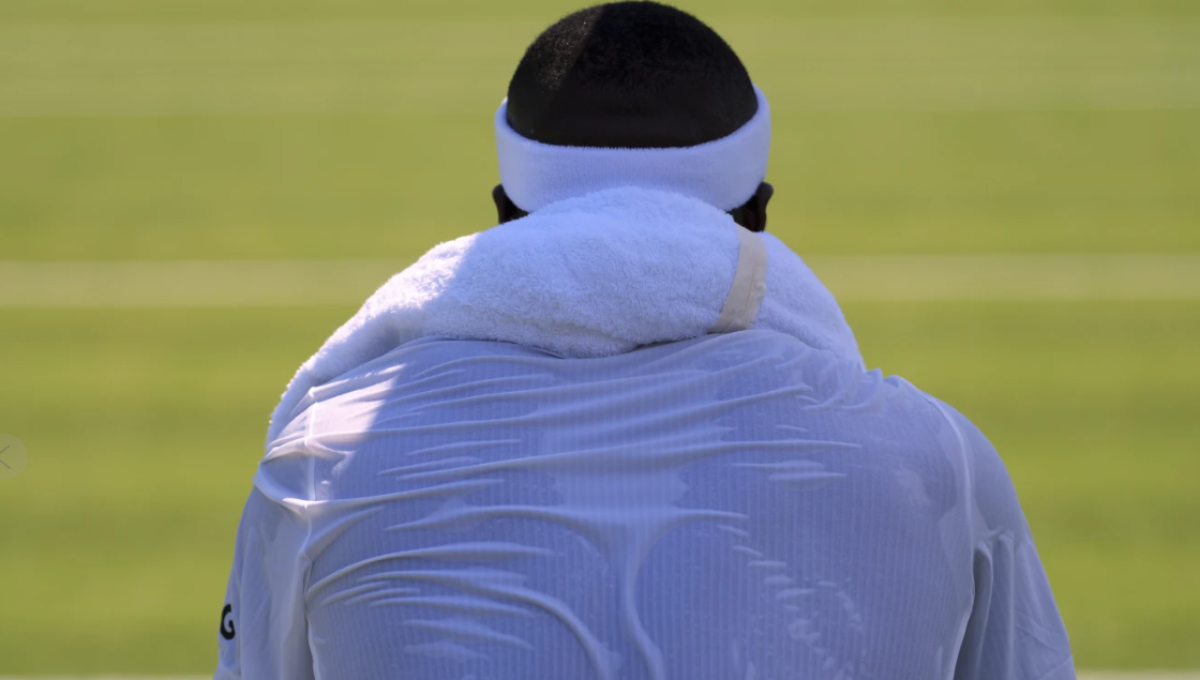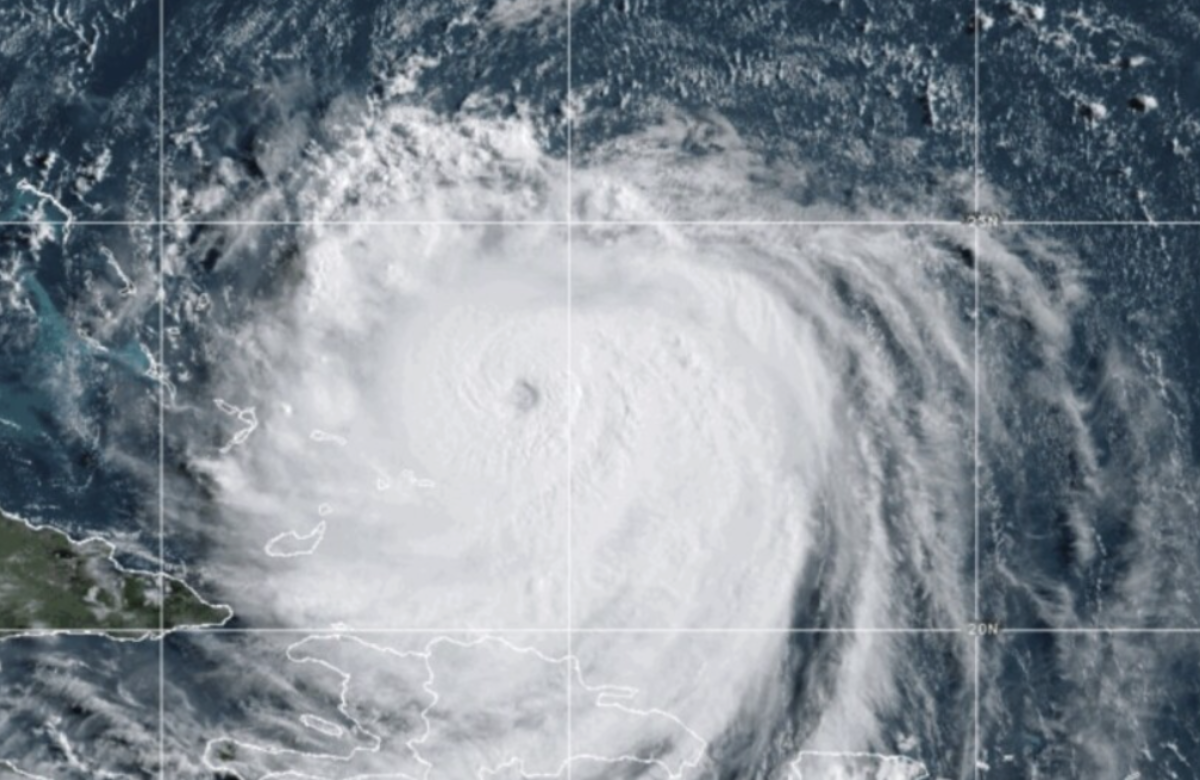On Monday, Wimbledon experienced record-breaking heat on its opening day, with temperatures soaring to 91 degrees Fahrenheit (33 Celsius), the highest ever recorded for the tournament’s first day. Players and spectators alike felt the intense heat at the historic Grand Slam event.
Adrian Mannarino, a 37-year-old French player, shared how the sun seemed to grow stronger with every passing minute. He frequently applied sunscreen during changeovers to cope with the heat during his first-round win. “I was struggling more than usual,” he admitted.
The previous record for the hottest opening day at Wimbledon was in 2001 when temperatures reached 85 degrees Fahrenheit (29.3 Celsius). Many players, including Germany’s Eva Lys, noted that the heat was challenging. “Everyone is kind of struggling with the heat right now,” Lys said after her match.
Some athletes sought relief by draping ice-filled towels around their necks while resting on the sidelines. Others found the conditions manageable, pointing out that compared to other Grand Slam tournaments like the Australian Open and U.S. Open, where summer temperatures often exceed 90 degrees Fahrenheit (32 Celsius) and can surpass 100 degrees Fahrenheit (38 Celsius), Wimbledon’s heat wasn’t extreme.
By local standards, however, the weather was notably warm. British player Sonay Kartal, who upset 2017 French Open champion Jelena Ostapenko, admitted she underestimated the heat. “It was pretty hot. I think not changing clothes at the end of the set was a rookie mistake,” she said, but added that ice towels and cold drinks helped her cope.
London’s average temperature in June is typically 71 degrees Fahrenheit (21.5 Celsius), and this spring was recorded as the warmest and sunniest in recent years by the UK’s official weather office.
Sally Bolton, CEO of the All England Club, acknowledged the unusual warmth for Wimbledon. “It’s a very warm day. Athletes compete in these temperatures regularly on the tour, but for us Brits here, it feels very hot,” she said.
To protect players and staff, Wimbledon closely monitors heat conditions, including air and surface temperatures as well as humidity. When the heat stress index surpasses 30.1 degrees Celsius (about 86 degrees Fahrenheit), players are allowed 10-minute breaks during specified set intervals.
Additional safety measures on Monday included providing extra ice for players, rotating ball kids more frequently, and giving regular breaks to grounds staff. For fans, Bolton advised coming prepared with hats, sunscreen, light clothing, and plenty of water from over 100 hydration points spread across the venue. Medical teams were also on hand to assist anyone showing signs of heat stress.
Spectators used umbrellas mostly for shade rather than rain protection, a stark contrast to last year’s rain-soaked tournament that saw the first round stretched over four days instead of two. Reflecting on the weather difference, Bolton joked, “We’re not used to these sorts of temperatures, but we’re ready for it — and actually happy it’s sunny and not wet like last year.”















